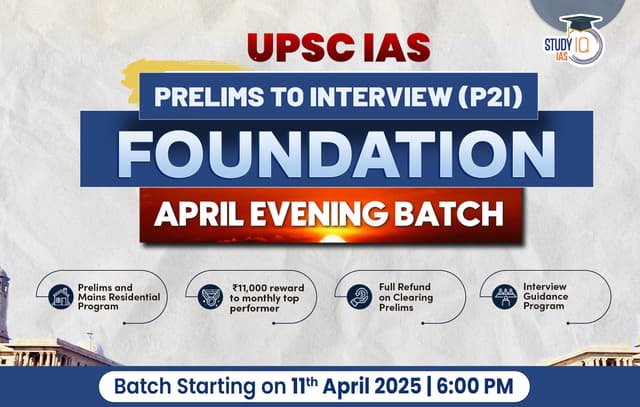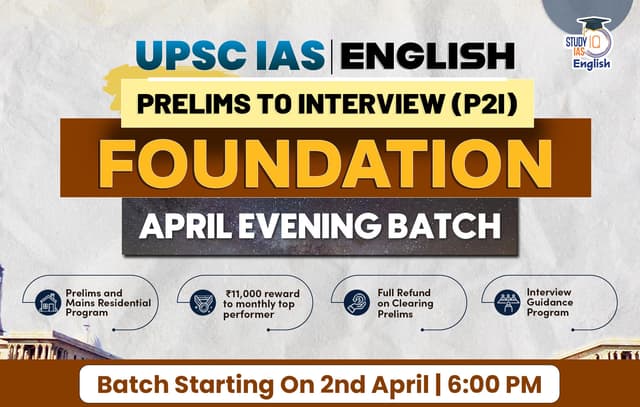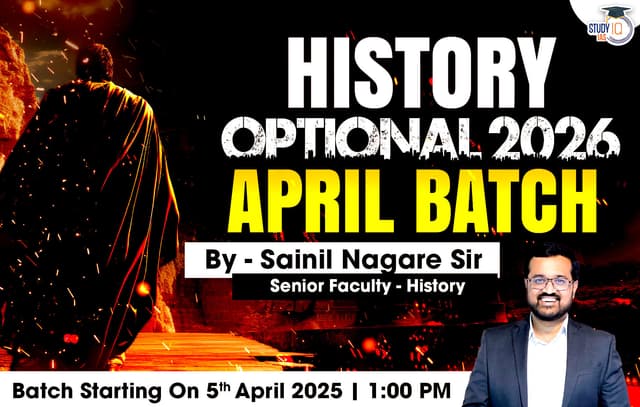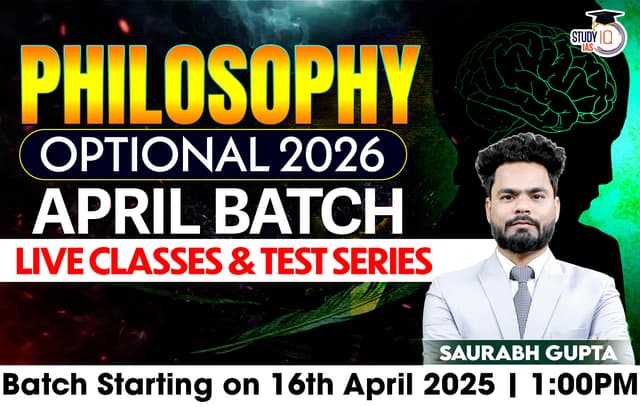Daily Current Affairs for UPSC 2023
Q) Recently seen in news, the ‘Artemis Accords’ are best related to which one of the following?
- Climate Change negotiations
- Tackling world hunger and malnutrition
- Artificial Intelligence and other disruptive technologies
- For safe and sustainable exploration of the celestial bodies
Daily Current Affairs for UPSC – 1 July April 2023
Explanation:
- Option (4) is correct: In a significant development during the recent visit of the Indian Prime Minister to the US, India signed the Artemis Accords. The Artemis Accords were drafted and introduced by the US in 2020, together with seven other founding member nations, to foster safe and sustainable exploration of the Moon and other celestial bodies like Mars and beyond. Those other founding member nations include France, Japan, Israel, Brazil, the UAE, the United Kingdom, Canada, and Australia. These are a set of non-legally binding principles, statements, and best practices that have been derived from the Outer Space Treaty of 1967. The Outer Space Treaty of 1967 sets out the fundamental principles of space law. It prohibits the deployment of nuclear weapons in space, establishes that outer space is free for exploration and use by all nations, and prevents the appropriation of celestial bodies by any country. They are aimed at international cooperation in space exploration and allowing all nations to benefit from the scientific data obtained in space, even those without space programs. The immediate objectives seem to be towards achieving a collaborative approach towards the Artemis Moon mission of the US.
Q) Consider the following statements about Genome India Project:
- The project aimed at sequencing the genomes of Indians by the Department of Biotechnology.
- A genome is a particular section of DNA that codes for a RNA molecule.
- The clone-by-clone technique entails slicing the DNA into tiny pieces and cloning them into bacterial artificial chromosomes.
How many of the statements given above is/are correct?
- Only one
- Only two
- All three
- None
Explanation:
- Statement 1 is incorrect: Genome India Project is a government-led initiative launched in 2019 that aims to sequence the genomes of over 10,000 Indians from diverse socio-economic, geographical and linguistic backgrounds to create a comprehensive genomic database of the Indian population. The project involves about 20 institutions across India and with analysis and coordination done by the Centre for Brain Research at IISc, Bangalore.
- Statement 2 is incorrect: A genome is all of the genetic material in an organism. It is made of DNA (or RNA in some viruses) and includes genes and other elements that control the activity of those genes. Genome is the entire set of genetic material or DNA, while gene is a specific segment of DNA that codes for a particular protein or RNA molecule. The human genome is the entire set of deoxyribonucleic acid (DNA) residing in the nucleus of every cell of each human body. The DNA consists of a double-stranded molecule built up by four bases – adenine (A), cytosine (C), guanine (G) and thymine (T). Every base on one strand pairs with a complementary base on the other strand (A with T and C with G). In all, the genome is made up of approximately 3.05 billion such base pairs.
- Statement 3 is correct: The clone-by-clone method involves constructing a physical map of the genome by cutting the DNA into small fragments, cloning these fragments into bacterial or yeast artificial chromosomes (BACs or YACs), and then mapping the location of each fragment within the genome. The DNA in each BAC or YAC clone is then sequenced, and the sequences are assembled to reconstruct the entire genome. It works well for larger genomes like eukaryotic genomes, but it requires a high-density genome map.
Q) With reference to Santhal Rebellion, consider the following statements:
- The main reason for the rebellion was the exploitation of moneylenders and British officials.
- Buddhu Bhagat was a prominent leader of the Santhal rebellion.
- The area between Bhagalpur and the Rajmahal hills was demarcated as Santhal Pargana as a result of the uprising.
How many of the statements given above is/are correct?
- Only one
- Only two
- All three
- None
Explanation:
- Statement 1 is correct: The Santal people or Santalis were not the original inhabitants of modern day Santhal Pargana. The area of concentration of the Santhals was called Daman-i-Koh or Santhal Pargana. Santhals like other tribes worked hard to maintain their lives in the forests and wild jungles. They cultivated their land and lived a peaceful life which continued till the British officials brought with them traders, moneylenders, zamindars and merchants. Santhals were made to buy goods on credit and forced to pay back with a heavy interest during harvest time. As a result, they were sometimes forced to give the mahajan not only their crops, but also plough, bullocks and finally the land. Very soon they became bonded labourers and could serve only their creditors. They took up in arms against the British officials, zamindars and money lenders who were exploiting them during the Santhal Rebellion (1855-57).
- Statement 2 is incorrect: Moneylenders and zamindars were executed or forced to flee, and police stations, railway construction sites and dakoffices – all symbols of colonial rule – were attacked. As per some accounts, approximately 60,000 Santhals took part in this rebellion. Sidhu and Kanu led the Santhal rebel leaders.
- Statement 3 is correct: The uprising prompted the British government to pass the Santhal Parganas Tenancy Act in 1876, providing some protection to tribal members against exploitation. The region between Bhagalpur and the Rajmahal hills in Singhbhum district was separated and designated as Santhal Pargana which was declared a non-regulation district. The Santhal Rebellion shed light on the harshness of the zamindari system imposed by the British East India Company on the local indigenous populations.
Q) Consider the following statements about Wildlife Crime Control Bureau:
- It is a statutory body established under the EnvironmentProtection Act of 1986.
- It advises the customs authorities to inspect the consignments of flora as per the provisions of CITES.
- It can issue red alert cautioning authorities against organized hunting gangs in a particular area.
How many of the statements given above is/are correct?
- Only one
- Only two
- All three
- None
Explanation:
- Statement 1 is incorrect but statement 2 is correct: Wildlife Crime Control Bureau is a statutory multi-disciplinary body established by the Government of India under the Wildlife (Protection) Act, 1972. It aims to combat organized wildlife crime in the country. Under Section 38 (Z) of the Wildlife (Protection) Act, 1972, it is mandated:
- To collect and collate intelligence related to organized wildlife crime activities and to disseminate the same to State for immediate action.
- To establish a centralized wildlife crime data bank.
- Co-ordinate actions by various agencies in connection with the enforcement of the provisions of the Act.
- Assist foreign authorities and international organization concerned to facilitate co-ordination and universal action for wildlife crime control.
- Capacity building of the wildlife crime enforcement agencies for scientific and professional investigation into wildlife crimes.
- Advise the Government of India on issues relating to wildlife crimes having national and international ramifications, relevant policy and laws.
- It also assists and advises the Customs authorities in inspection of the consignments of flora & fauna as per the provisions of Wildlife Protection Act, CITES and EXIM Policy governing such an item.
- Statement 3 is correct: The Wildlife Crime Control Bureau has issued a ‘red alert’ cautioning authorities against organised hunting gangs in the outer areas of tiger reserves including Uttarakhand’s Jim Corbett and Rajaji National Parks.
Q) Consider the following statements about Drug regulation in India:
- The Central Drug Standard Control Organisation is a statutory body to control the import and sale of drugs in India.
- The Drug Controller General of India is responsible for granting licenses for the manufacture of drugs.
Which of the statements given above is/are correct?
- 1 only
- 2 only
- Both 1 and 2
- Neither 1 nor 2
Explanation:
- Statement 1 is incorrect but statement 2 is correct: The Indian drug system is mainly regulated under the ambit of the Drugs and Cosmetics Act of 1940, and by multiple ministries, including the Ministry of Health and Family Welfare. The Act and its corresponding rules allow the Centre and State to regulate different aspects of the drugs ecosystem. Central Drugs Standard Control Organisation (CDSCO) is the regulatory body responsible for the regulation and control of the import, manufacture, and sale of drugs in India. It operates under the Ministry of Health and Family Welfare. However, it’s not a statutory body. Drug Controller General of India (DCGI) is the head of the CDSCO and serves as the principal regulatory authority for drugs in India. The DCGI is responsible for granting licenses for the import, manufacture, and sale of drugs, as well as monitoring their safety, quality, and efficacy.

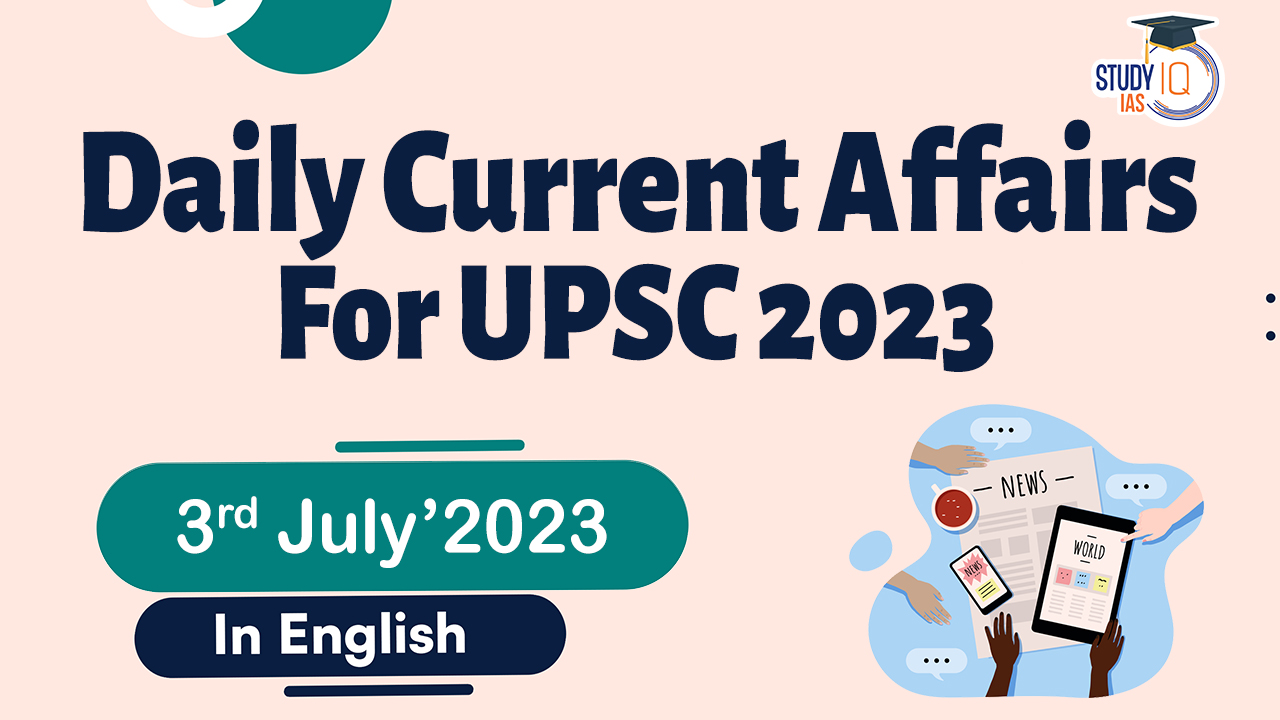
 Gender Gap in Household Chores Persists ...
Gender Gap in Household Chores Persists ...
 India’s Nuclear Energy Strategy, Futur...
India’s Nuclear Energy Strategy, Futur...
 Daily Quiz 01 April 2025
Daily Quiz 01 April 2025

